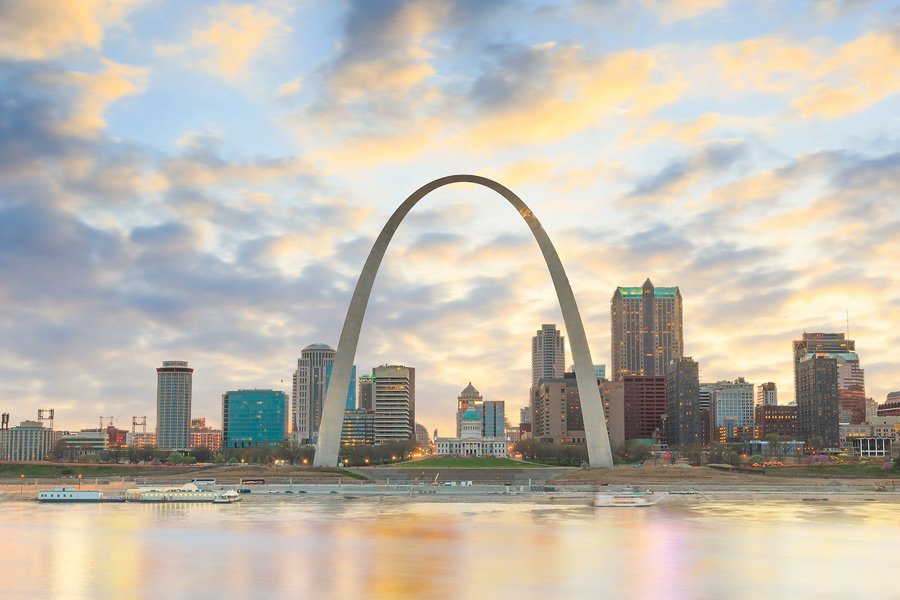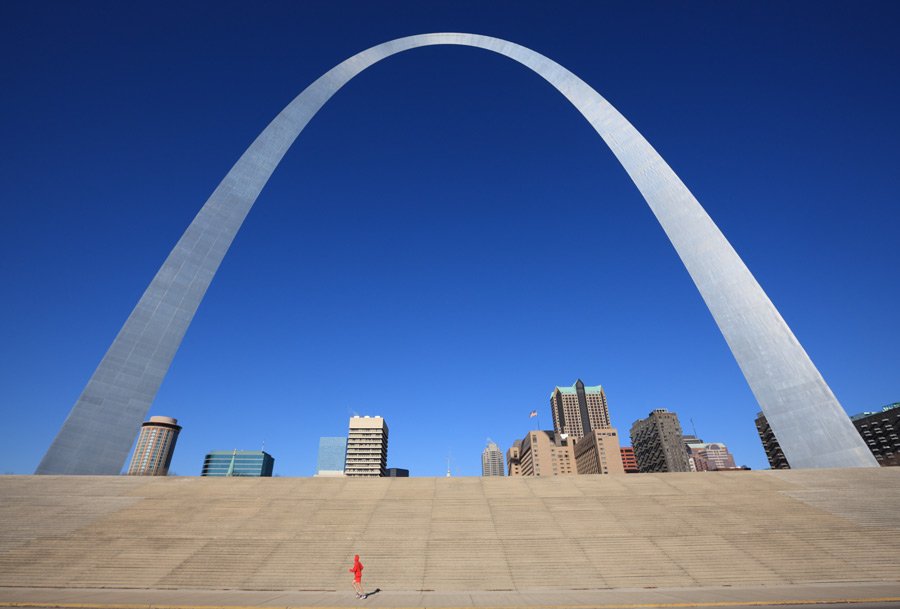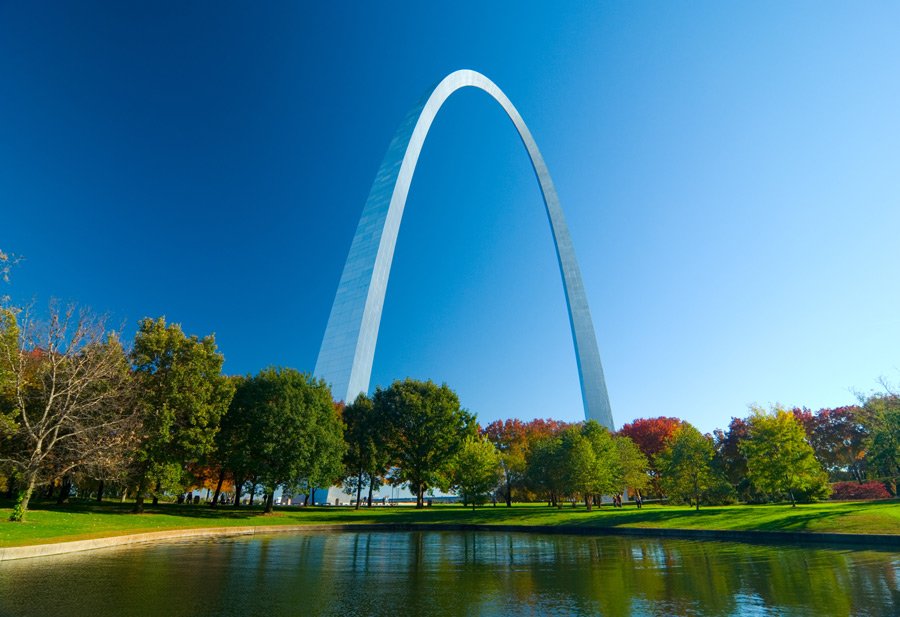
ST. LOUIS ARCH
The Gateway to Structural Engineering Excellence
The St. Louis Gateway Arch, also known as the “Gateway to the West,” commemorates Thomas Jefferson’s vision of the westward expansion of the United States and its pioneering spirit. Architect Eero Saarinen’s soaring design won the highly competitive architectural competition held in 1947 by the Jefferson National Expansion Memorial Association. However, the Arch would not have been possible without the ingenuity of Structural Engineer Fred Severud and his associate Hannskarl Bandel.
Structural Engineering Innovation
Structural engineers created several physical models and mathematical calculations to determine the catenary shape of the Arch. The structure was made possible using orthotropic engineering principles (where the steel inner and outer walls of the Arch are the structural members).
Hannskarl Bandel derived the mathematical equation for the Arch’s curve. See the equation here.
Structural engineers also constructed the Arch as two separate cantilevering legs that eventually met at the top. They would only have been able to join at the top if the dimensions at the base were correct by 1/64 of an inch.
Since the legs had different sun exposure, they would have been several feet different in elevation during the day. All measurements were done at night when both sides had no temperature difference to overcome this issue. To allow the monumental setting of the final piece to take place during the day, Severud devised a clever solution: water was sprayed to cool down the hot side.
Project Details
Construction Started: February 12, 1963
Construction Completed: October 28, 1965
Cost: $13 million
Height: 630 feet
Materials: Stainless steel, carbon steel, and post-tensioned concrete




